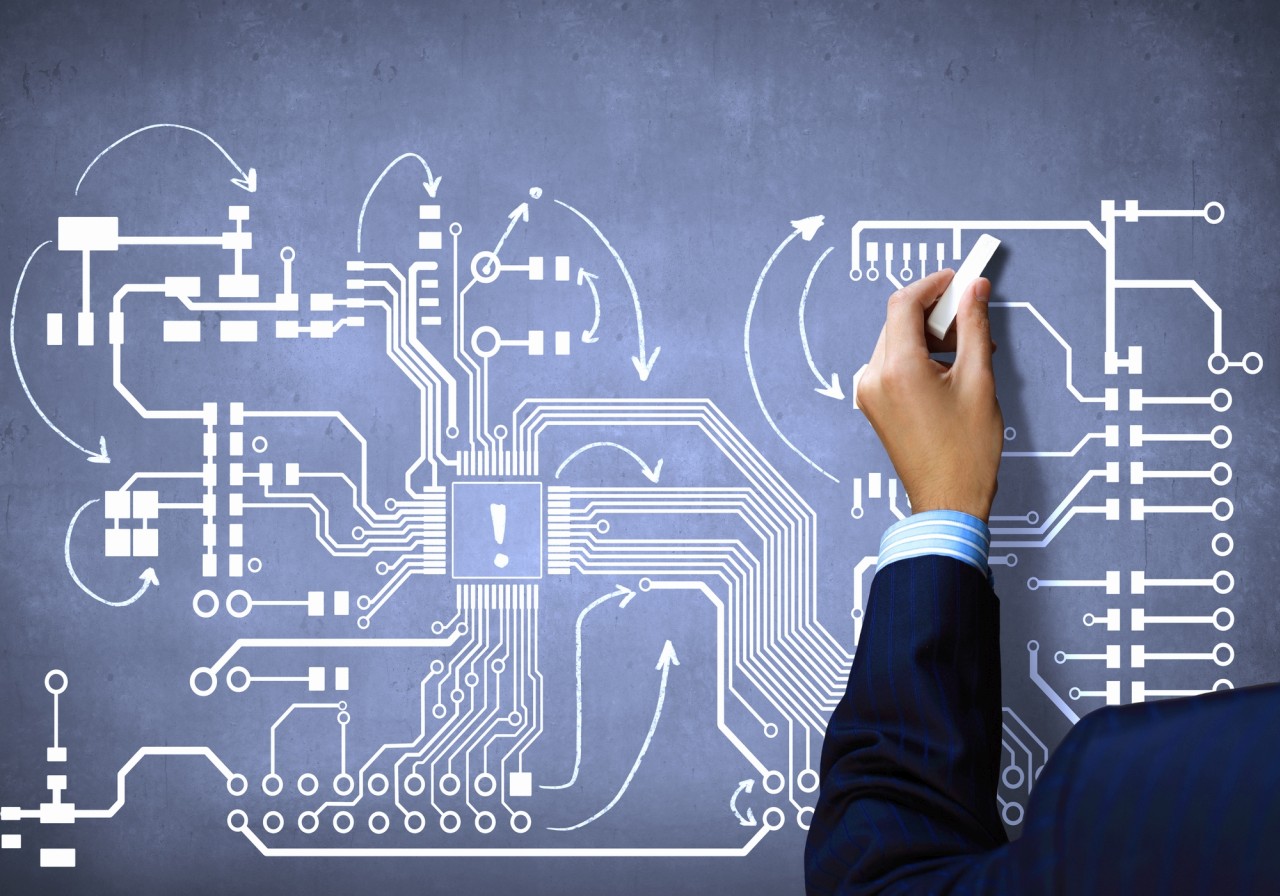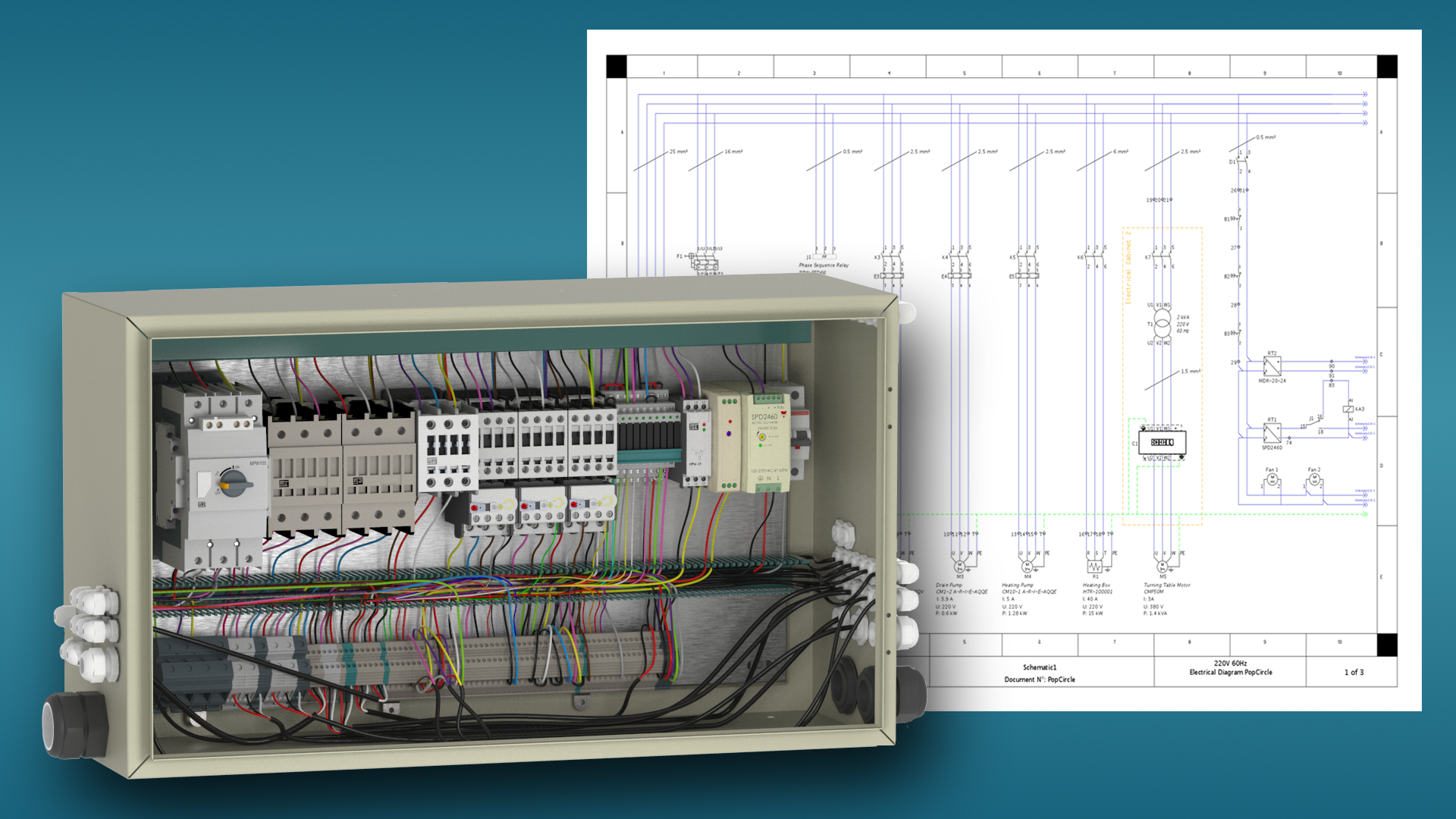Enhancing Industrial Electrical Design for Complex Operations
Enhancing Industrial Electrical Design for Complex Operations
Blog Article
Ingenious Electric Design Solutions for Modern Facilities
The development of modern facilities necessitates ingenious electric design solutions that not just improve functional performance yet also address sustainability difficulties. As urban environments expand significantly intricate, incorporating technologies such as wise grids and renewable resource sources comes to be paramount. These advancements not just guarantee to maximize power usage however also foster resilience versus future demands. Nonetheless, the landscape of electrical design is going through fast change, motivating a better examination of arising trends and their effects for long-term infrastructure feasibility. What might the future hold for those who welcome these ingenious techniques?
Importance of Cutting-edge Electric Design
Innovative electrical design plays a vital role in contemporary framework, influencing not just efficiency however likewise sustainability. As cities develop and the need for energy increases, the demand for innovative electrical systems becomes vital. These systems should not only meet present demands however additionally anticipate future growth and technological innovations.
A well-executed electric design can considerably decrease energy consumption, thus lowering operational expenses and minimizing ecological effect. By integrating renewable resource sources, such as photovoltaic panels and wind generators, innovative styles can enhance power self-reliance and resilience. Smart grid modern technologies permit for real-time tracking and management of power circulation, enhancing efficiency and minimizing waste.
Safety is one more crucial facet of electrical design. Carrying out advanced innovations and extensive standards can minimize risks connected with electric failures, making certain a safe and secure setting for services and homeowners alike. Additionally, cutting-edge designs assist in versatility, allowing infrastructures to incorporate emerging innovations perfectly.
Trick Fads in Electric Design
As the landscape of electrical design continues to advance, several essential patterns are shaping the future of the market. One significant pattern is the integration of smart technology into electric systems. The expansion of the Internet of Things (IoT) has enabled real-time monitoring and control of electric tools, boosting effectiveness and helping with anticipating maintenance.
One more trend is the expanding focus on modular design. This method enables scalable and flexible options, making it possible for framework to adjust to transforming demands without comprehensive renovations. Additionally, using advanced simulation tools and Structure Details Modeling (BIM) is coming to be significantly common, streamlining the design process and improving cooperation among stakeholders.
Moreover, advancements in products scientific research are resulting in the development of lighter, more resilient, and energy-efficient elements. This advancement is specifically essential for high-performance buildings and framework tasks.
Last but not least, there is a marked change in the direction of data-driven decision-making - electrical load calculation. Leveraging information analytics aids developers optimize systems for efficiency and cost-effectiveness. With each other, these trends indicate a transformative age in electrical design, enhancing capability, sustainability, and resilience in modern facilities
Sustainable Power Solutions
Sustainable Learn More power services are progressively coming to be a critical emphasis in electrical design, showing a broader dedication to ecological duty and source performance. These options aim to decrease ecological influence while maximizing energy consumption in various frameworks, from property structures to large commercial centers.
Among the foremost approaches entails the integration of eco-friendly energy resources, such as photovoltaic panels and wind generators, into electrical systems. This not just reduces dependence on fossil fuels but likewise improves power strength. In addition, innovative power storage space systems, such as innovative batteries, enable effective monitoring and circulation of power, guaranteeing that excess power produced throughout height manufacturing can be utilized throughout high need durations.
Furthermore, energy-efficient design practices are being adopted to enhance overall system efficiency. This consists of utilizing energy-efficient lighting, cooling and heating systems, and clever structure technologies that adjust and check power use based upon occupancy and environmental conditions.
Smart Grid Technologies
The application of lasting energy services naturally causes the exploration of wise grid modern technologies, which play a crucial duty in modernizing electric systems. Smart grids utilize progressed communication modern technologies and data analytics to boost the reliability, efficiency, and sustainability of power circulation. By integrating digital modern technology with standard grid facilities, these systems facilitate real-time tracking, automated control, and improved decision-making abilities.
One of the essential functions of wise grids is their capacity to fit renewable energy sources, such as solar and wind power. This versatility not just minimizes informative post dependency on fossil fuels yet also permits an extra decentralized energy production model. Clever grids enable demand reaction programs, where customers can change their energy usage based on real-time prices, thus advertising power conservation and lowering peak tons needs.
Additionally, clever grid innovations boost grid resilience by enabling quicker recognition and resolution of outages, inevitably minimizing downtime. With anticipating upkeep and analytics, energies can improve and enhance procedures solution shipment. As cities and communities remain to evolve, clever grid innovations are essential for developing a sustainable and reliable electric infrastructure that fulfills the demands of contemporary culture.

Future-Proofing Framework
To ensure long-term feasibility and flexibility, future-proofing framework is crucial in the rapidly progressing landscape of electric Continued design services. As innovation breakthroughs and power needs change, it is vital that electrical systems are developed with adaptability in mind. This requires including scalable services that can suit future upgrades without necessitating substantial overhauls.

In addition, sustainability must be a keystone of future-proofed layouts. Using sustainable energy sources, such as solar and wind, and enhancing energy effectiveness decrease reliance on fossil fuels, aligning with global efforts to combat environment modification.
Conclusion
By prioritizing performance, flexibility, and sustainability, these solutions attend to the progressing needs of power systems. The integration of wise grid modern technologies and sustainable power remedies improves resilience and reduces operational costs.
A well-executed electrical design can dramatically reduce power usage, thus lowering operational prices and reducing environmental impact. By including renewable energy resources, such as solar panels and wind turbines, cutting-edge designs can improve power self-reliance and durability. Additionally, cutting-edge power storage systems, such as innovative batteries, allow efficient administration and distribution of power, making certain that excess energy produced throughout top manufacturing can be used throughout high need periods.
Wise grids allow demand response programs, where consumers can readjust their power use based on real-time rates, consequently promoting power conservation and minimizing peak lots needs. (electrical design services)
As modern technology developments and energy needs change, it is vital that electric systems are created with flexibility in mind.
Report this page